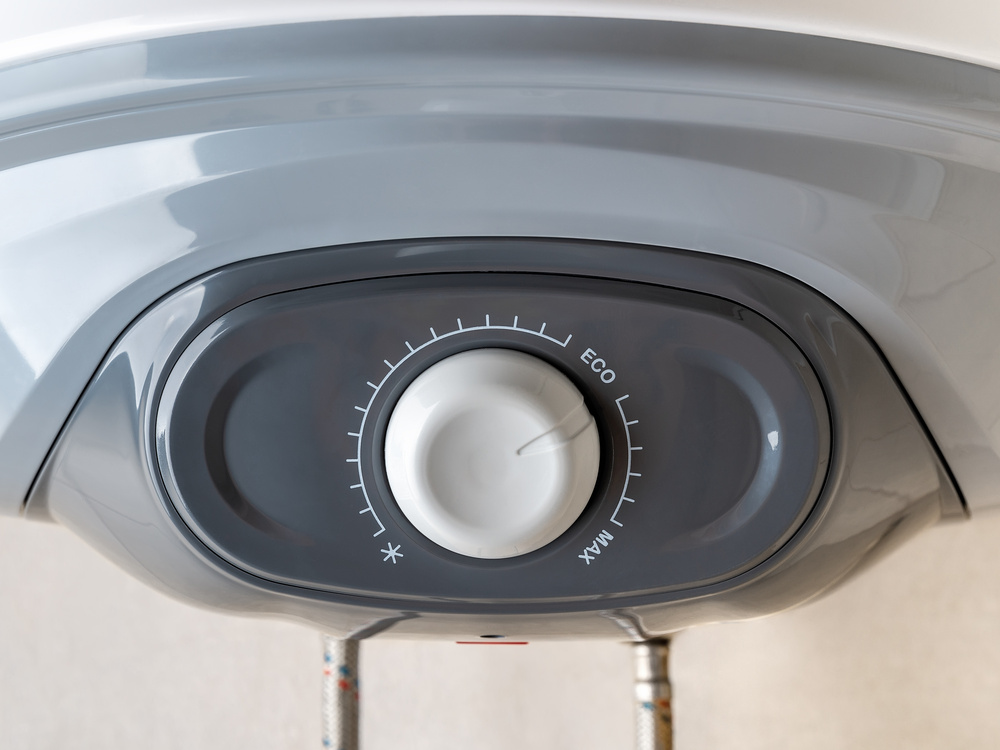Call or Text
801-438-4793
Common AC Problems
April 29, 2015
The sun is up and the weather’s hot. Outdoor adventure is calling out. With all that activity, you’ll want a place to rest and find peace where you can find recharge for your next outing. What a relief it is to walk into a room that’s brisk with the fresh air of a properly working air conditioning system. Maintaining your sanctuary can sound daunting if your unfamiliar to how the AC system functions. We’ll break down the components and show you how they tie together, creating the atmosphere we all love. We’ll also run through some common AC problems and how to diagnose them. Problems range from poor efficiency to part malfunctions, and with this guide you’ll be on your way to properly distinguishing between simple maintenance and when to pick up the phone to call the pros.
Overview of the System
The two main components of an air conditioning system are the evaporator and the condenser. Freon runs through a circuit of tubing to and from each. The condenser unit is the one that sits outside that your probably familiar with when thinking about AC. This unit dispels heat from within the house and condenses the Freon liquid to be ran into the house again. The condensed freon travels to the evaporator unit inside the house. When the freon reaches the evaporator it turns from a liquid into a gas, and in the process, releases a cooling effect in temperature. Air is ran over the cooled freon tubes and through the duct work where it is distributed throughout the vents in the home as cold air.
Efficiency Tips & Tricks
Having an overview of the system helps to understand how the different parts work together to produce the desired outcome. Maintaining an effective and efficient AC system in your home assures your families comfort years to come. Here are some things that you can do with minimal effort to make sure your AC is running at optimal health.
Dirty Filters
A dirty air filter can obstruct the airflow into the ducts and cause the furnace motor fan to work harder and thus ware out sooner. A good rule of thumb is to change your air filters every month. This will relieve the system of excessive effort and provide your home with cleaner air for all to breathe.
Airflow Obstructions
Just like air filters on the inside of the house, the condenser unit on the outside of your home needs to be free of obstructions to maintain optimal airflow. Common issues are overgrown grass and weeds or objects that are left close by. A minimum of 24 inches of free space in all directions is recommended to maintain optimal air flow.
Timer
Having a programable timer is a cost effective solution to having your system run all day. For around $20 you can set the system to allow greater fluctuations in temperature when your not home.
System Balance
As with airflow at the source, we want to make it as easy as possible for the AC unit to do it’s job. One not so commonly thought of aspect is the air already released through the vents and circulating throughout the house. Closed doors can lead to an imbalance in the system, requiring the unit to work harder to reach a desired result. If privacy is what your looking for, consider leaving the doors cracked to allow for better airflow. Closing your blinds is another simple way to maintain efficiency by reducing the amount of heat that you let into your house.
Common Issues Requiring A Professional
Freon
A system that’s not producing much or any cold air may be the symptom of low freon that needs to be recharged.
Fuses
A blown fuse is a sign of a failing part inside the condensing unit.
Start/run Capacitor(s)
The capacitor stores electricity and releases it during compressor and condenser fan startup to give both motors an extra jolt of power. Capacitors can degrade slowly, providing less startup power over time. Or they can fail in an instant.
Contactor
A contactor is a $25 mechanical relay that uses low-voltage power from the thermostat to switch 220-volt high-amperage current to the compressor and condenser fan. A/C contactors can wear out and are at the top of the list of common A/C failures.
Condenser Fan Motor
A condenser fan motor is a common culprit of a failing AC system. Over time the motors ware out and need to be replaced.
Other common AC problems include: leaks in the air duct system that need to be sealed properly; poor insulation around the ducts resulting in loss of effective temperature transfer; poorly maintained systems may need to be properly cleaned or if the system is outdated it may be more economical to consider an upgrade.
Recent News

How to Prevent Mold in a Utah Home After Plumbing Repairs
September 11, 2025

A Utah Homeowners’ Guide to Smart Thermostats
September 10, 2025

My Water Heater’s ECO Switch Keeps Tripping – What Does It Mean?
August 21, 2025

Calling a Contractor for HVAC Services Shouldn’t Be a Nightmare
August 20, 2025

7 Hidden Fittings That Make Your Plumbing Work
July 21, 2025

Never Underestimate the Value of Your Furnace and AC Filter
June 25, 2025
